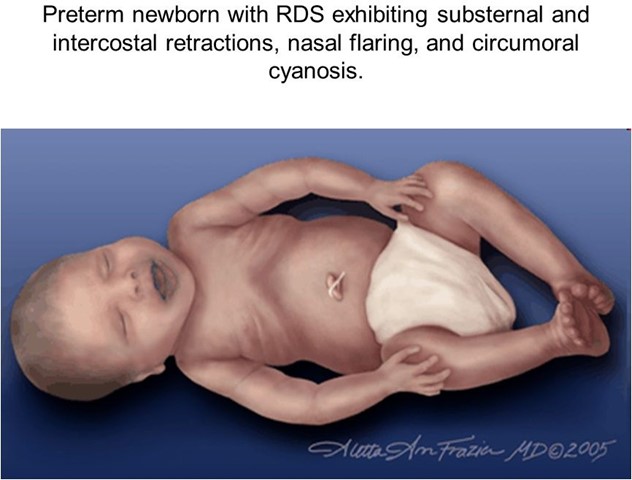A client is receiving palliative care, and death is anticipated within the next 24 hours. The practical nurse (PN) observes that the client's legs have a mottled appearance. What should the PN apply to the client's legs?
Heating pad
Body lotion
Soft blanket
Moist clothes
The Correct Answer is C
The correct answer is Choice C. Soft blanket.
Choice A rationale:
A heating pad should not be applied to the client's legs with a mottled appearance. A mottled appearance indicates poor circulation, and applying heat could potentially worsen the situation by dilating blood vessels and further reducing blood flow to the extremities.
Choice B rationale:
The body lotion is not appropriate in this situation. While it may help moisturize the skin, it will not address the underlying circulation issues causing the mottled appearance. Moreover, applying lotions to areas with compromised circulation can be harmful.
Choice C rationale:
The correct choice. A soft blanket can be applied to the client's legs with a mottled appearance to provide warmth and comfort. It is essential to keep the client comfortable during palliative care, and a soft blanket can help maintain a suitable temperature without causing harm.
Choice D rationale:
Moist clothes are not indicated in this situation. They may potentially worsen the mottled appearance by adding moisture to the skin, and it won't address the circulation issues causing the discoloration.
Nursing Test Bank
Naxlex Comprehensive Predictor Exams
Related Questions
Correct Answer is A
Explanation
Circumoral cyanosis is a bluish discoloration around the mouth that indicates inadequate oxygenation. It is an abnormal finding in a full-term newborn and requires immediate assessment and intervention by the PN.

The other options are not correct because:
B. A positive Babinski's reflex is a normal finding in newborns that indicates intact neurological function. It is elicited by stroking the sole of the foot and observing the fanning of the toes.
C. A negative Ortolani's sign is a normal finding in newborns that indicates no hip dislocation or dysplasia. It is elicited by abducting the hips and feeling for any clicking or clunking sensation.
D. A large sacral "stork bite" is a common benign birthmark that appears as a reddish patch on the lower back or nape of the neck. It usually fades within the first year of life and does not require any treatment.
Correct Answer is B
Explanation
The correct answer is Choice B. Report the finding to the charge nurse. Choice A rationale:
Checking for kinks in the drainage tubing is an important troubleshooting step if there is a sudden decrease or absence of urine output. However, in this case, the PN's concern is the presence of thick red fluid with clots in the urine drainage. This finding indicates potential bleeding, which requires immediate attention and reporting.
Choice B rationale:
Reporting the finding to the charge nurse is the correct action. The presence of thick red fluid with clots in the urine suggests significant bleeding after the transurethral resection of the prostate (TURP) surgery. It is crucial to inform the charge nurse or the healthcare provider promptly so that appropriate interventions can be initiated to address the bleeding.
Choice C rationale:
Stopping the irrigation solution immediately may not be within the PN's scope of practice unless explicitly instructed by the healthcare provider. Moreover, abruptly stopping the irrigation may lead to complications, and it is essential to involve the charge nurse or healthcare provider in making this decision.
Choice D rationale:
Observing the drainage again in one hour is not appropriate in this situation. The presence of thick red fluid with clots in the urine drainage is an urgent concern that requires immediate action, not a wait-and-see approach.
Whether you are a student looking to ace your exams or a practicing nurse seeking to enhance your expertise , our nursing education contents will empower you with the confidence and competence to make a difference in the lives of patients and become a respected leader in the healthcare field.
Visit Naxlex, invest in your future and unlock endless possibilities with our unparalleled nursing education contents today
Report Wrong Answer on the Current Question
Do you disagree with the answer? If yes, what is your expected answer? Explain.
Kindly be descriptive with the issue you are facing.
